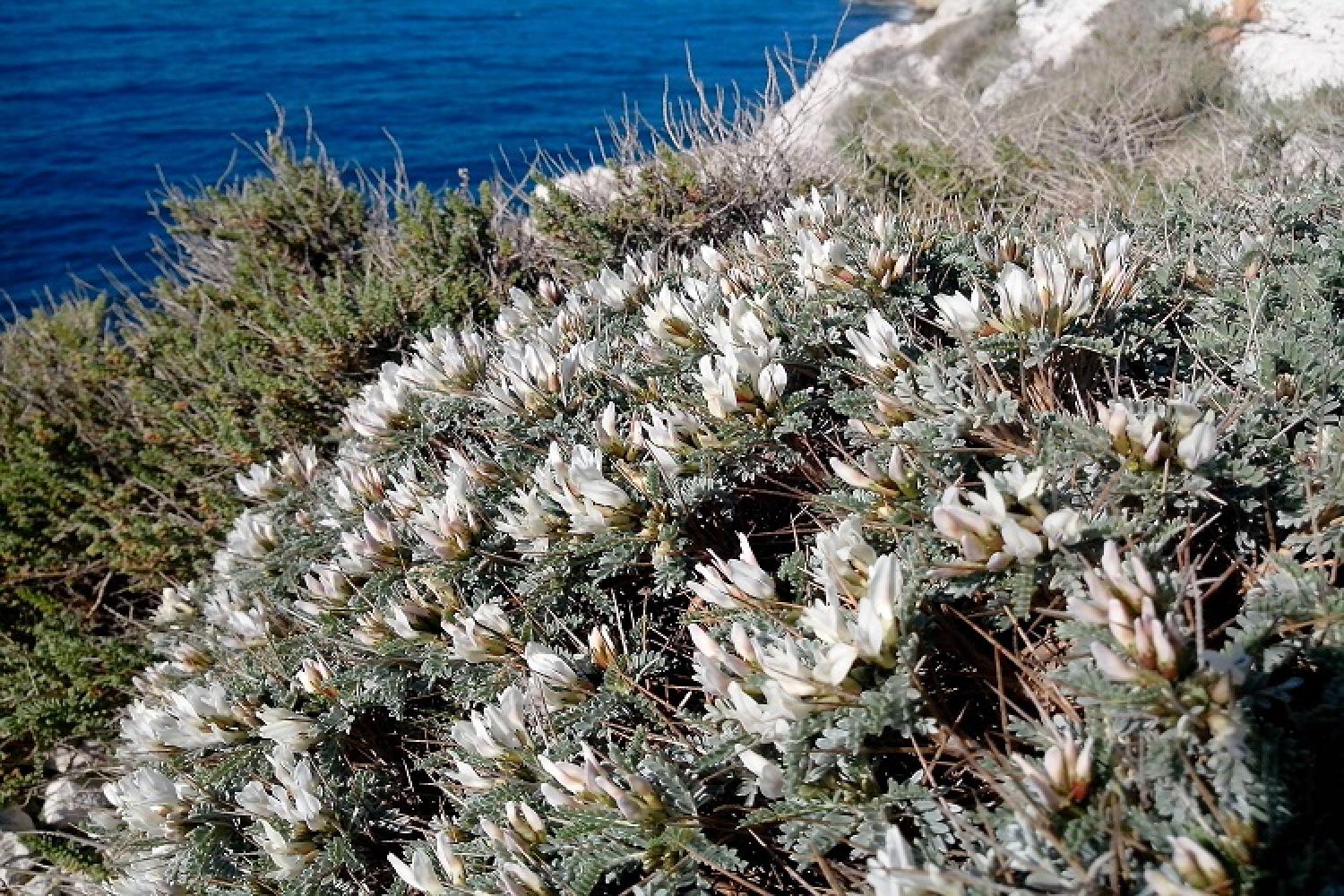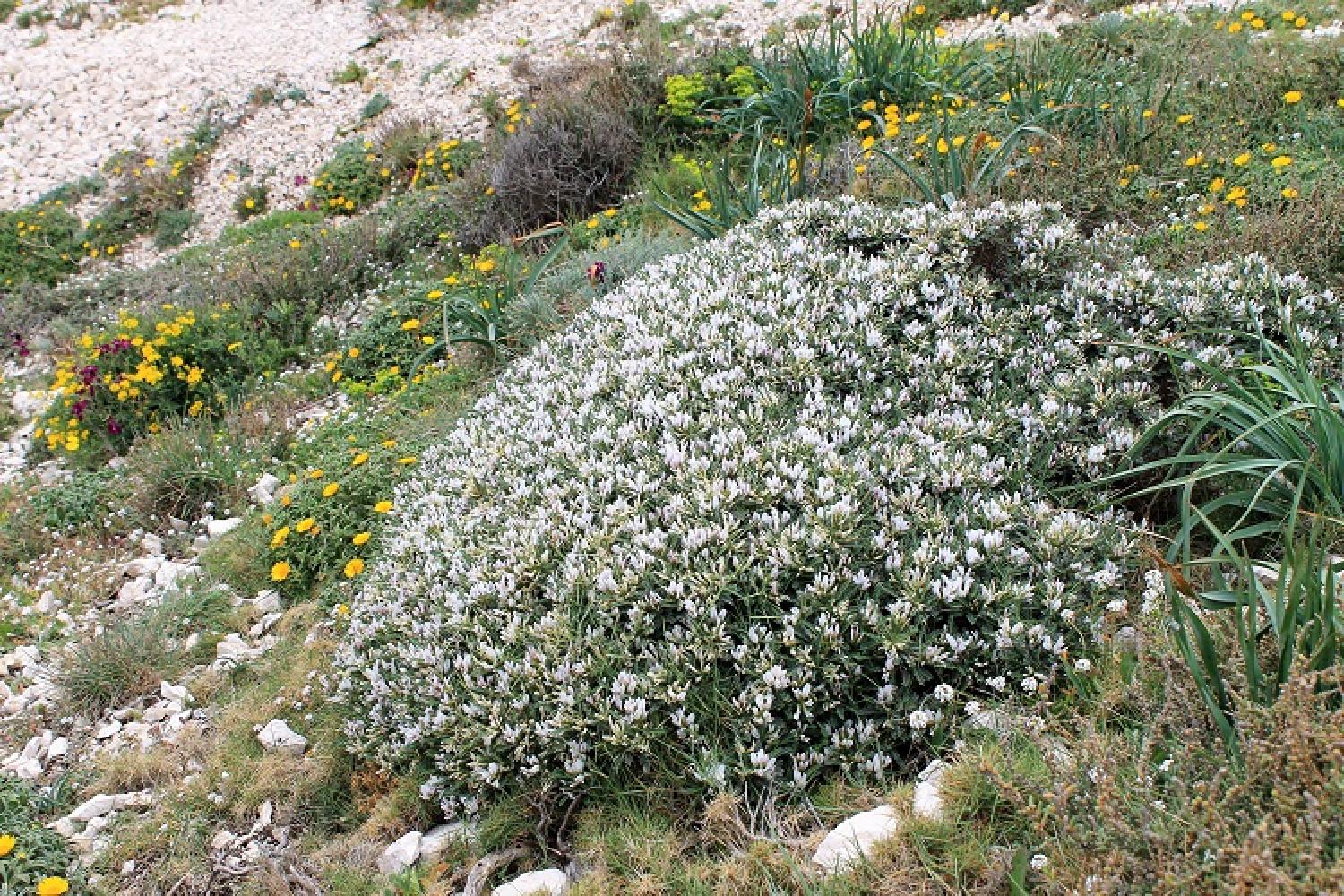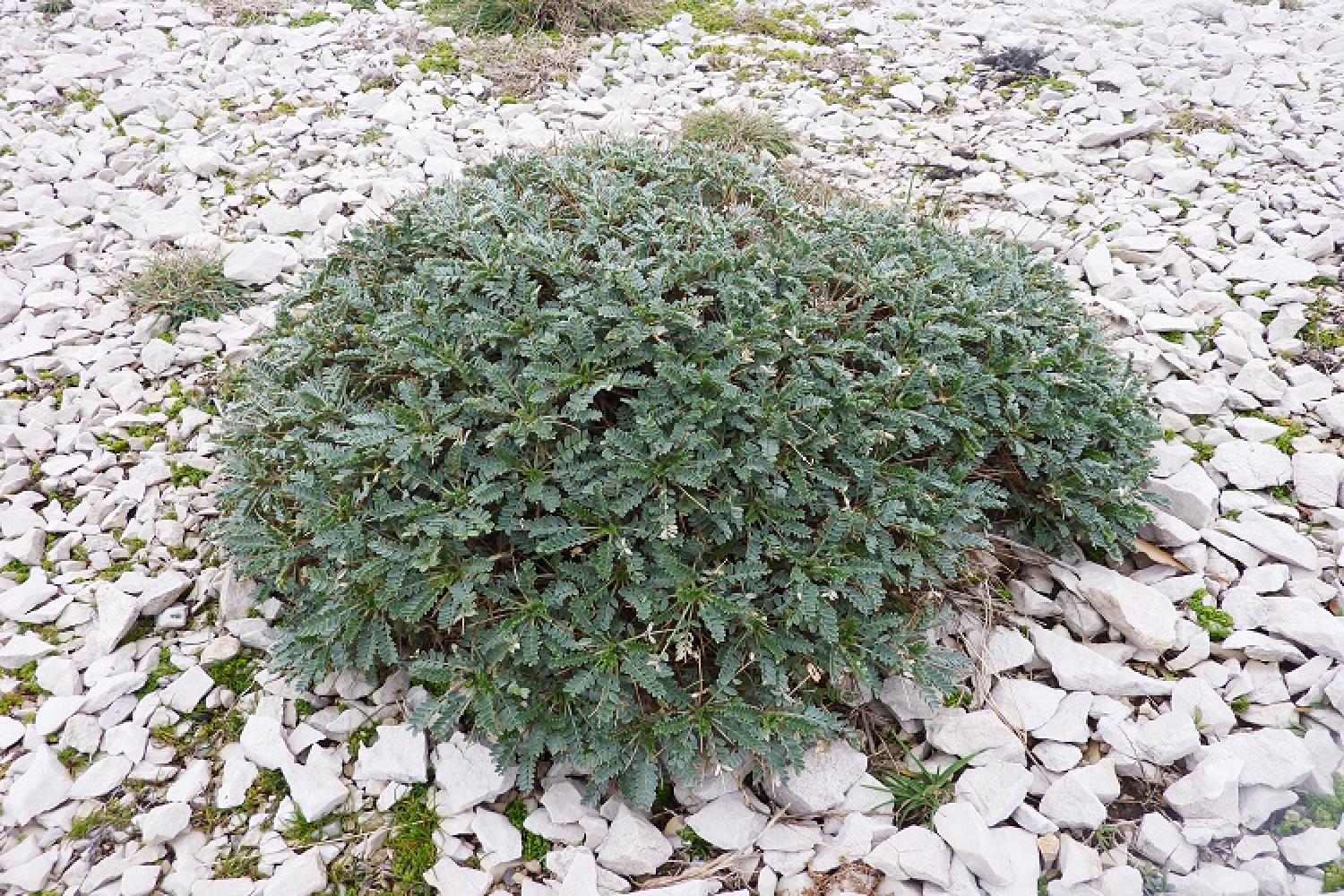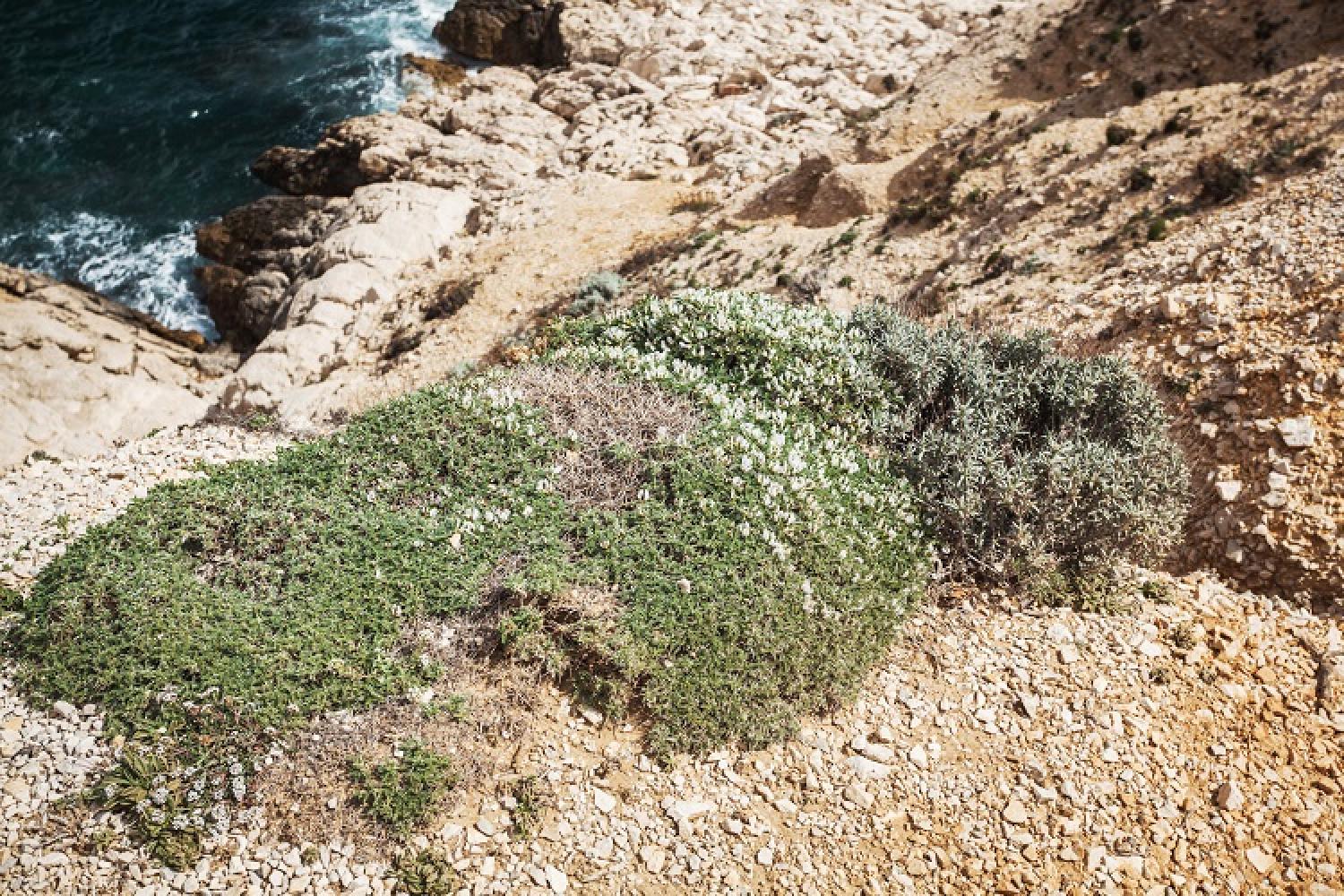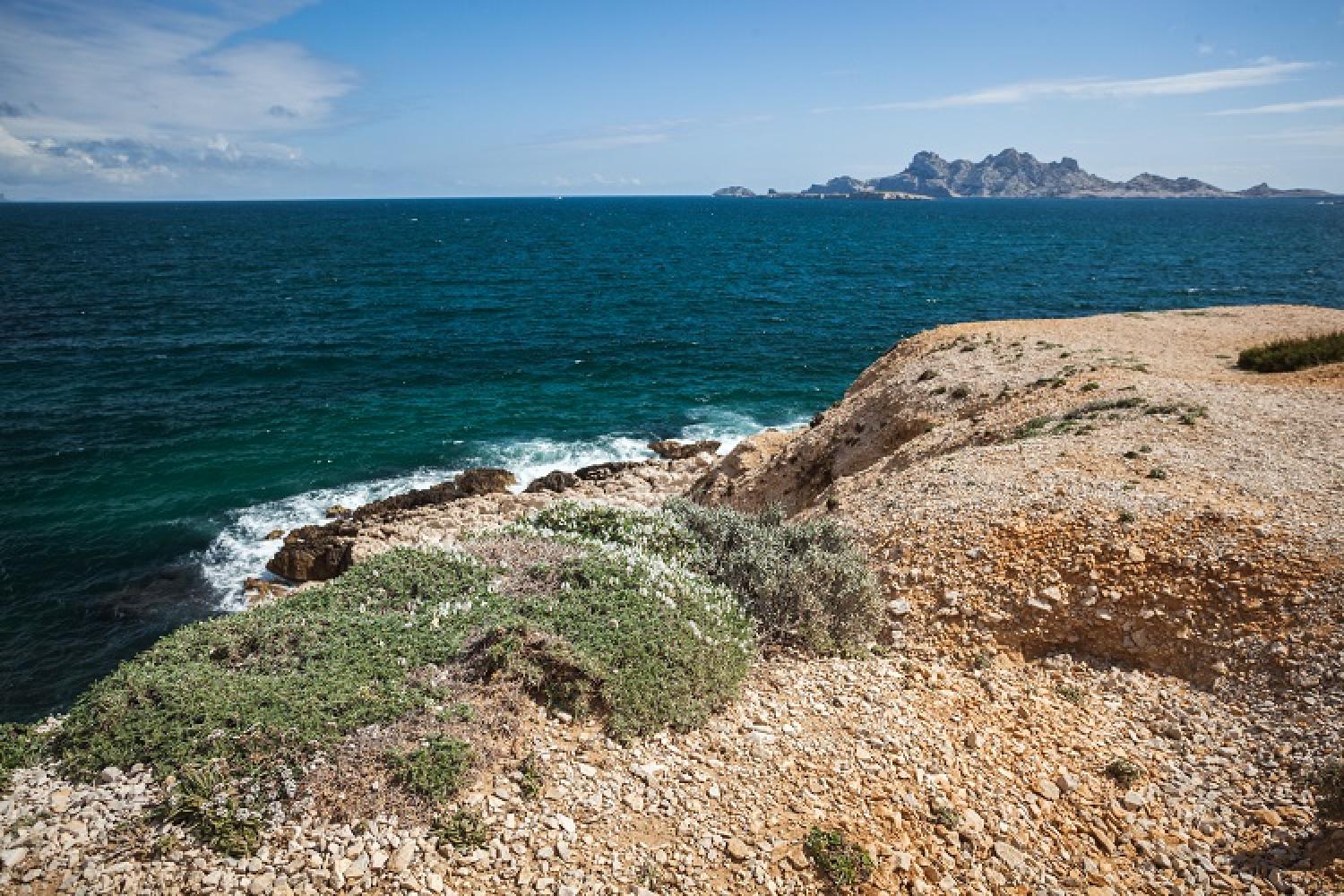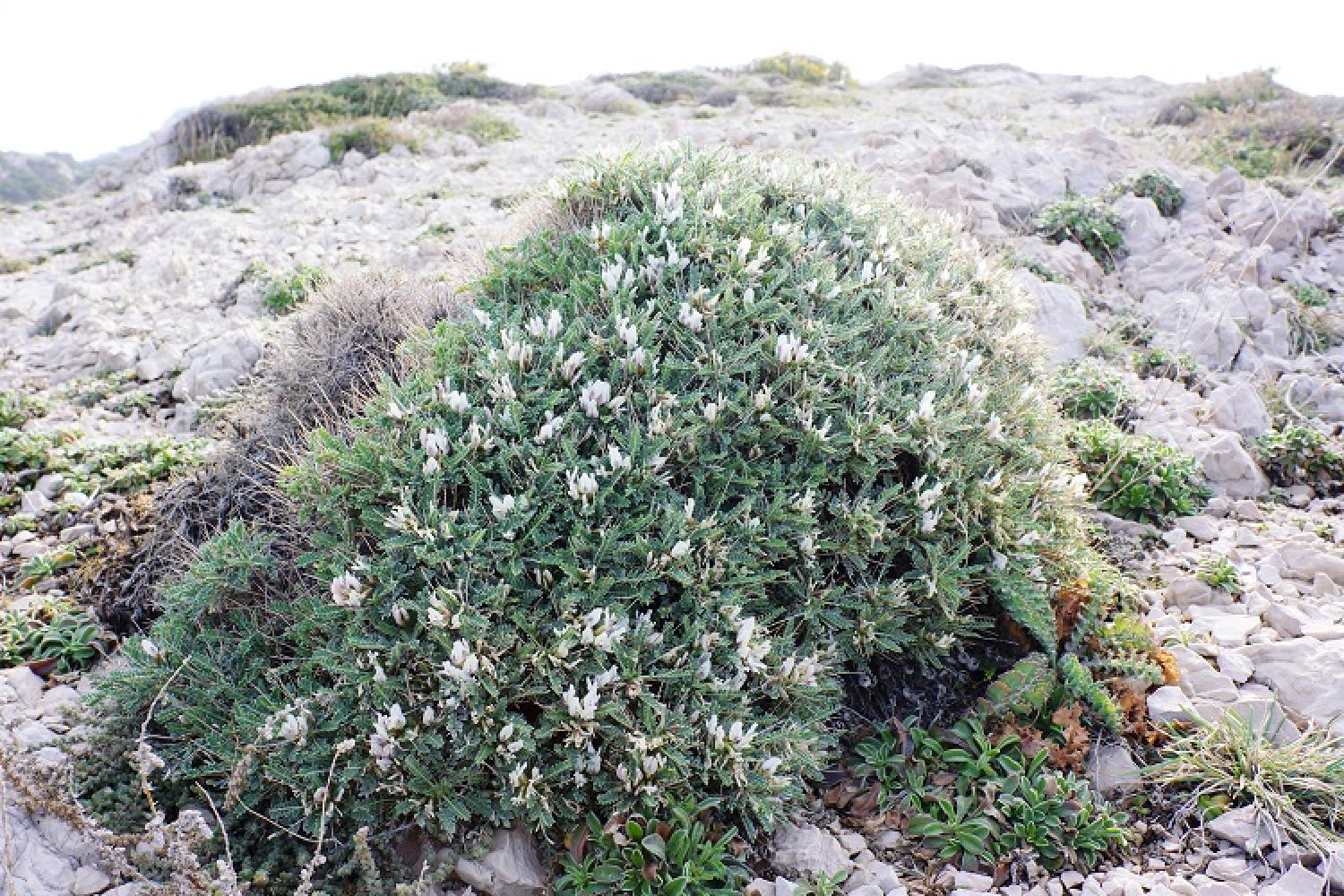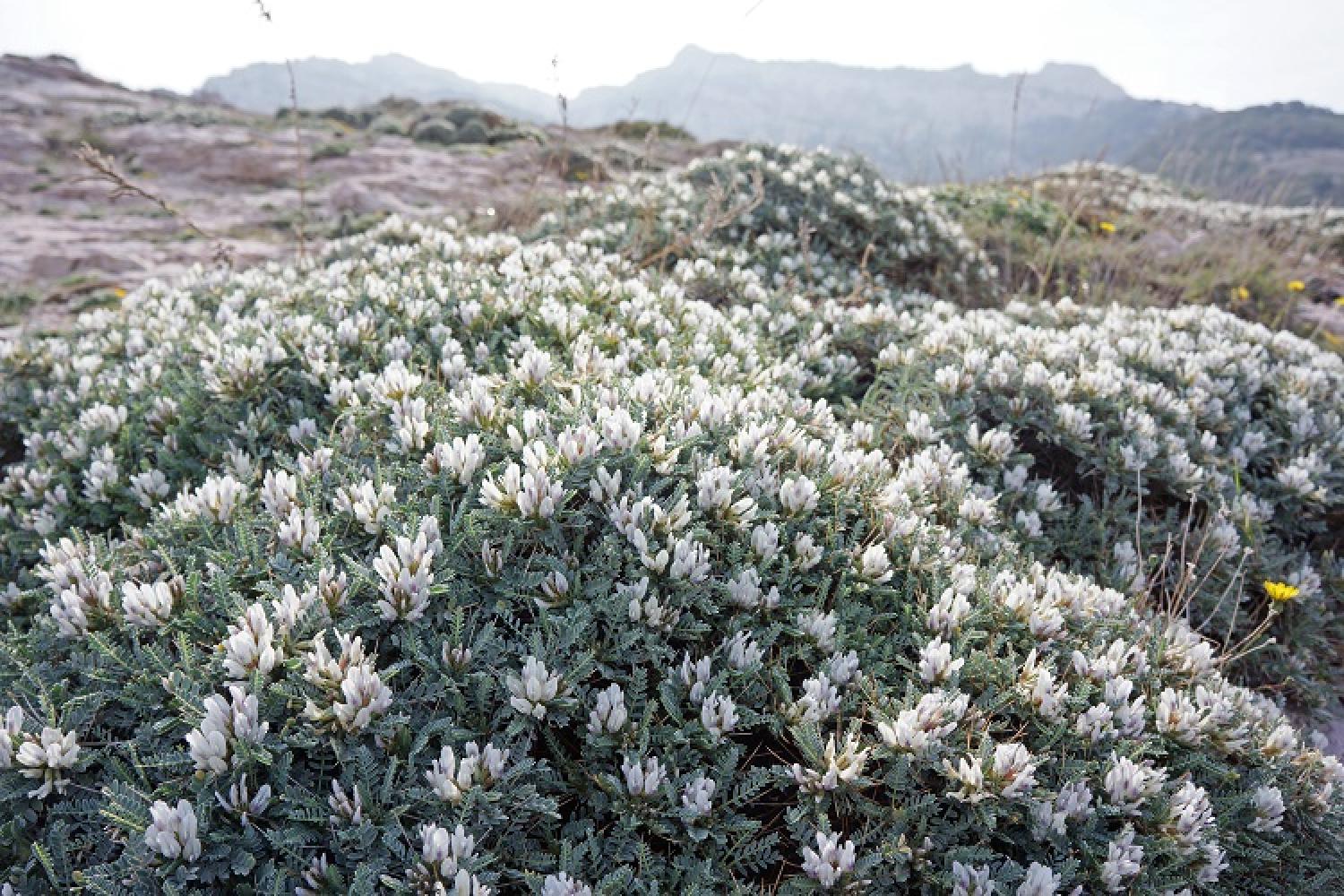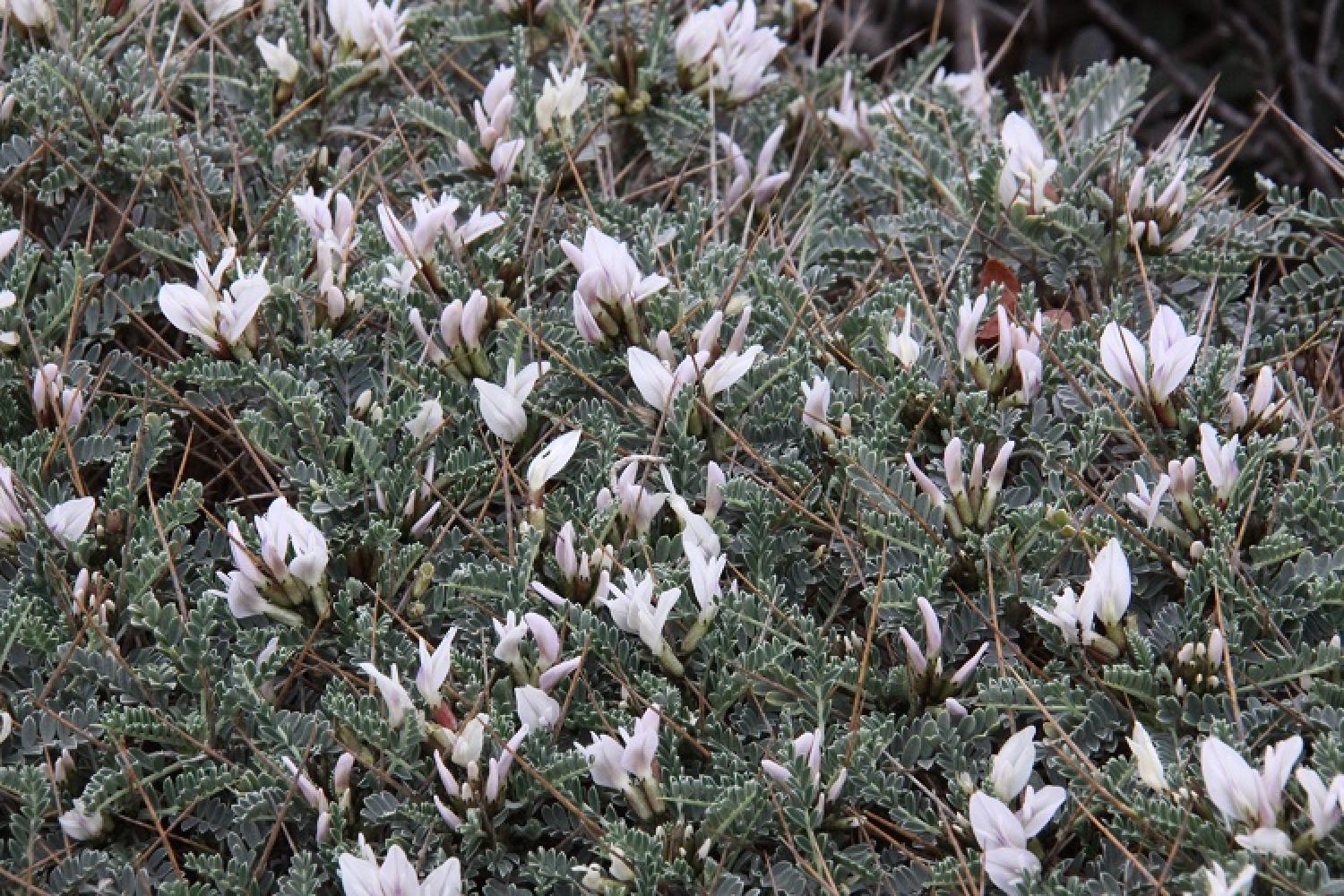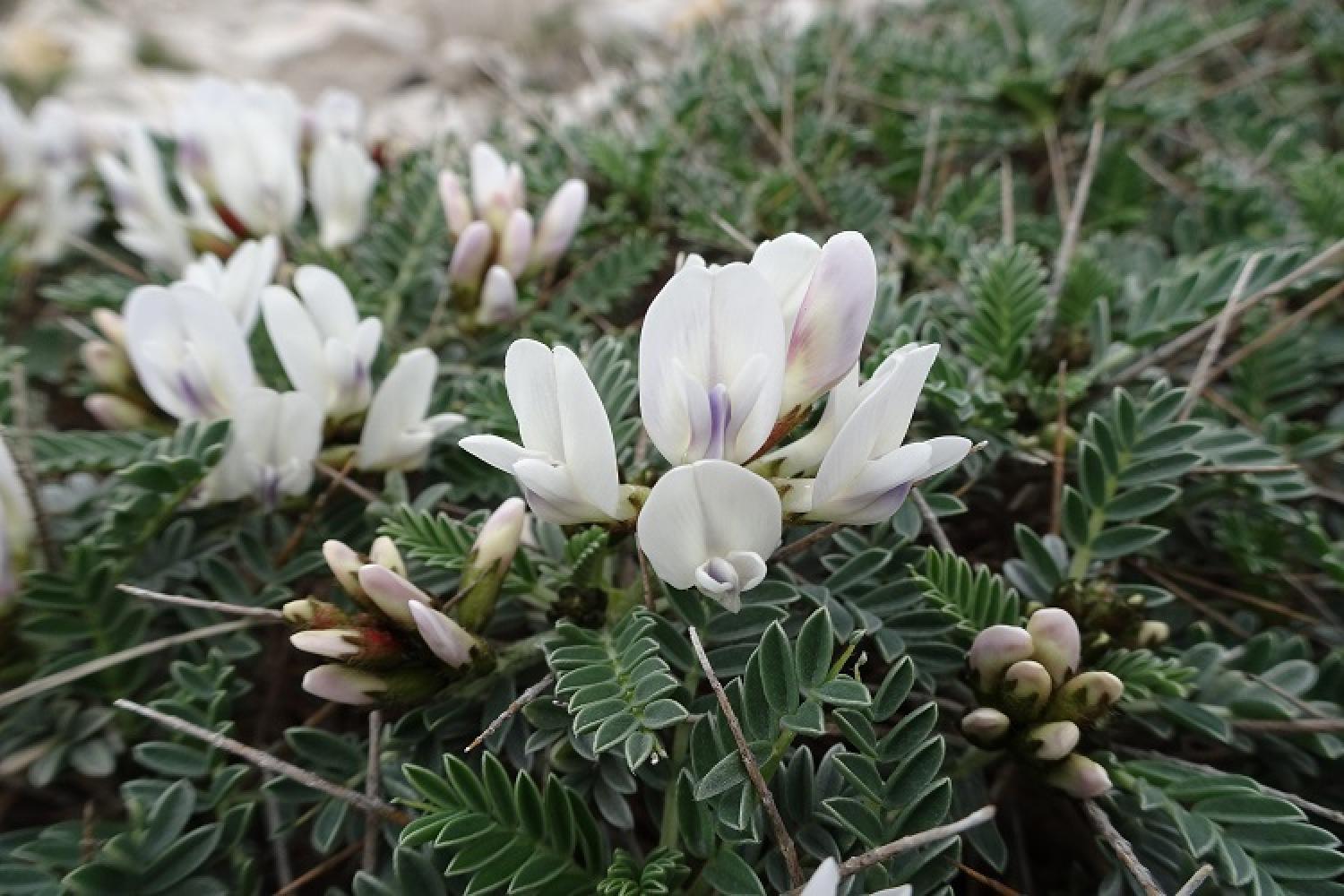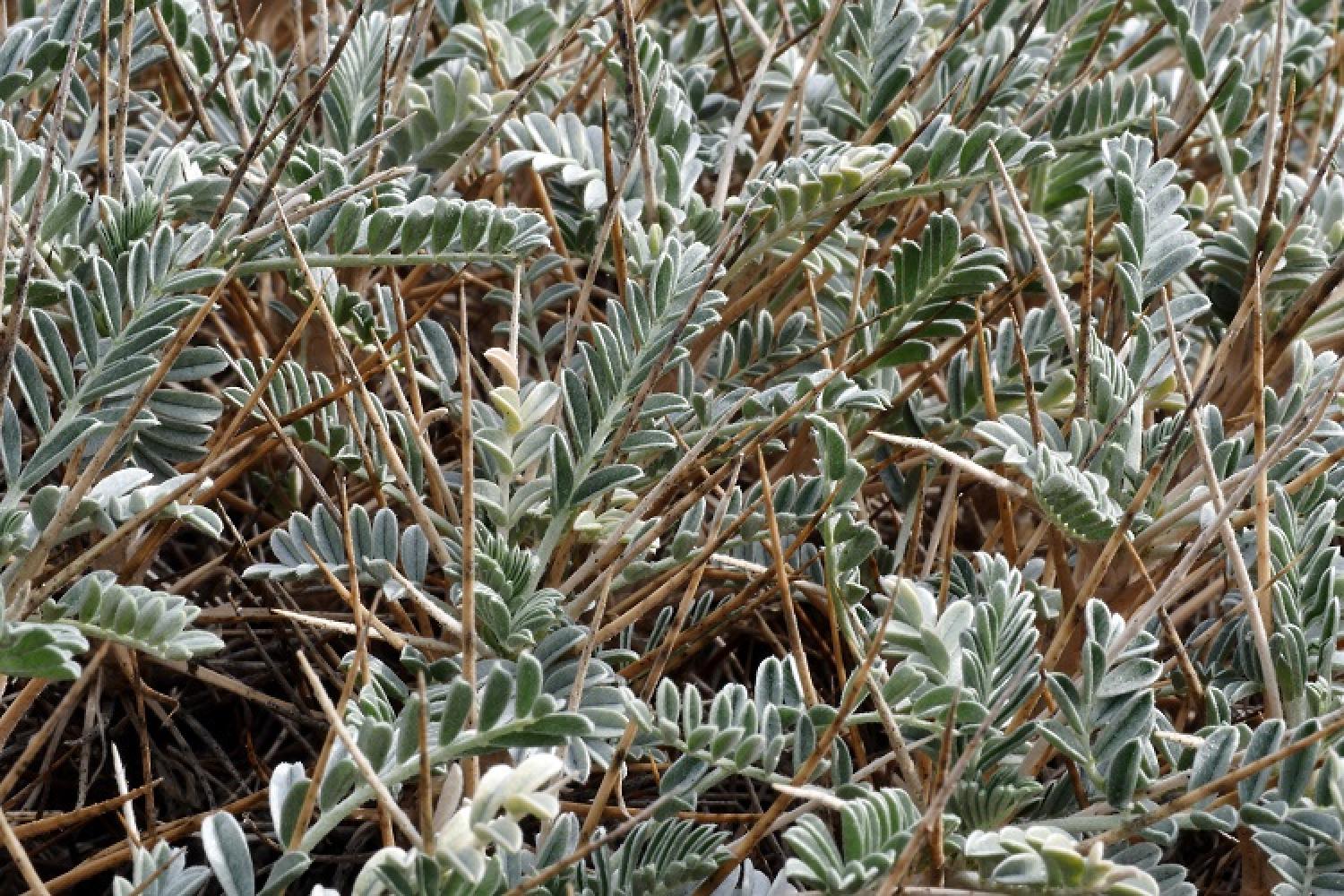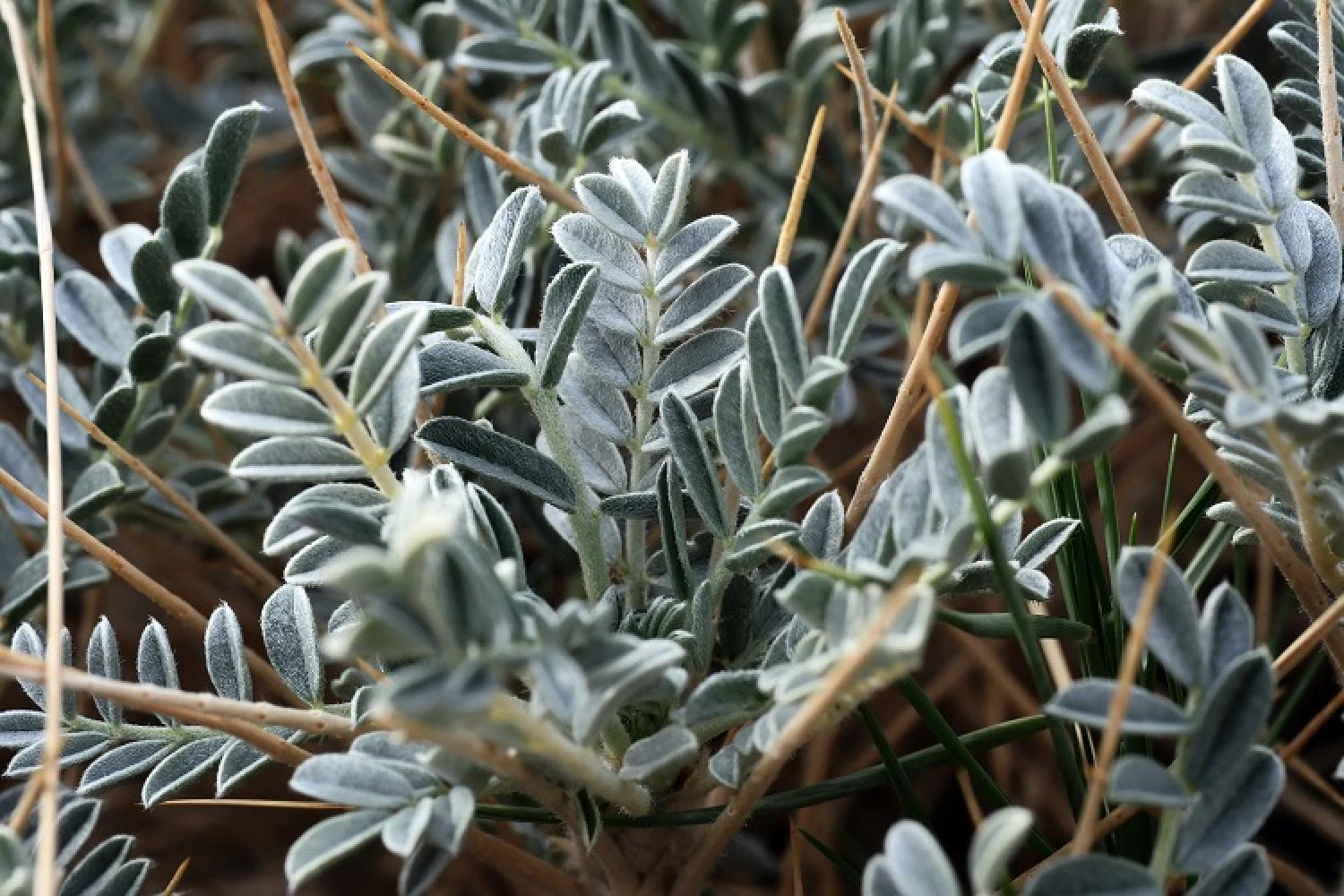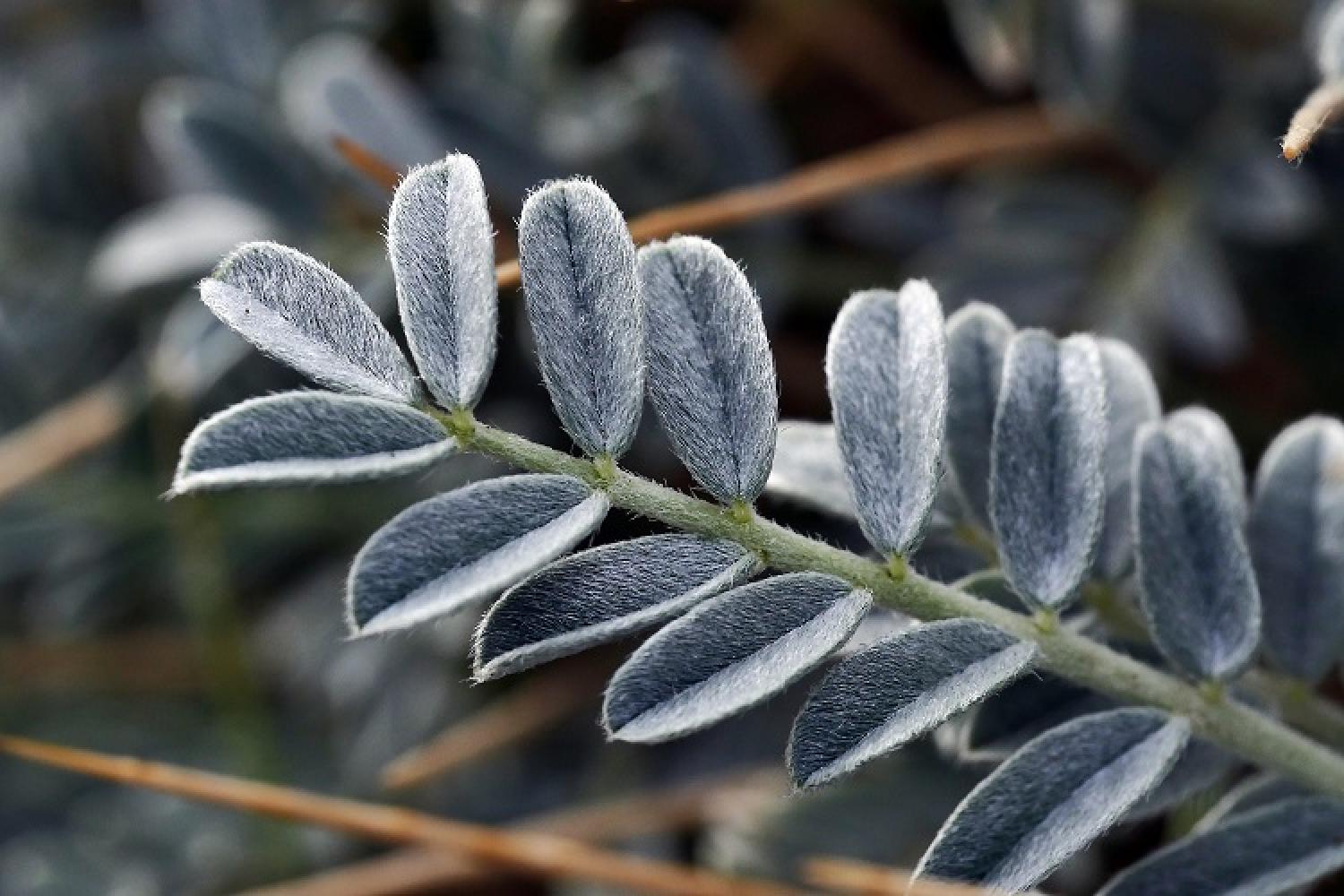Description
The astragale de Marseille is a treasure of evolution that has been able to adapt to the extreme windy, salty and arid coastal conditions of the Calanques. In the spring pretty white flowers blossom, then it loses a part of its green leaves in the summer so as to be exposed as little as possible to sunlight. The plant then changes into a thorny shrub, and has been given the French nickname “coussin de belle-mère (mother-in-law’s cushion)”by the locals.
Scientific name
Astragalus tragacantha
Where and when can you see it?
- Natural habitats: Phrygane areas
- Flowering season: May to June
Did you know?
Under the threat of extinction, the emblematic coastal species receives the utmost attention! A programme to save it and to boost the species, funded by the European Union, has been launched. In particular, 3600 new astragales plants will be planted!
To find out more about the LIFE Habitats Calanques programme
Conservation stakes
Medium
Threats
- Trampling
- Polluted sea spray
- Competition by introduced invasive plants
Conservation management initiatives
- Implementation of research and monitoring programmes
- Planting
How can I contribute in protecting it?
- I stay on footpaths
- I look and I don’t touch

